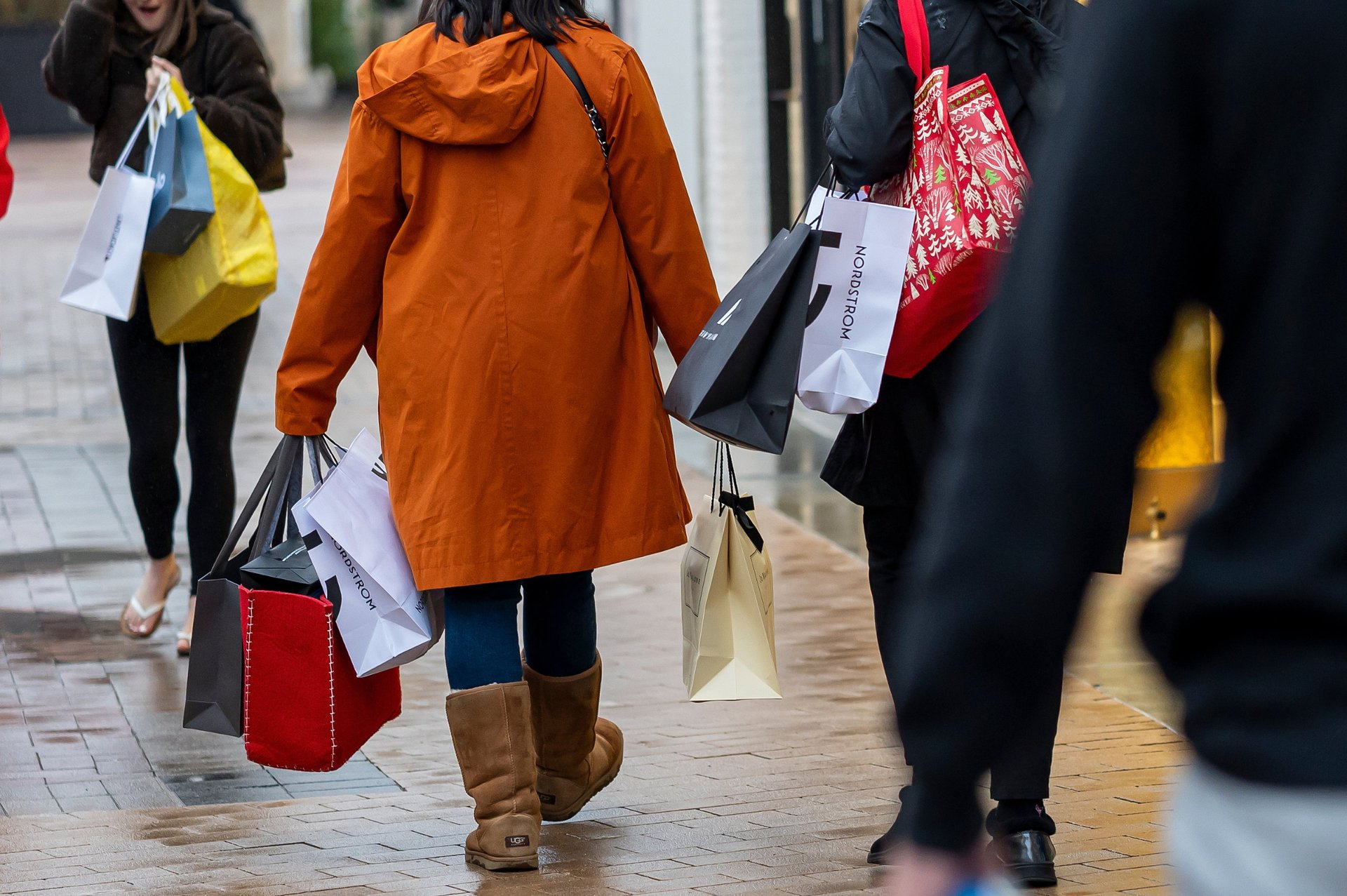Most Americans did their holiday shopping in store this year
A new Visa report found that consumer spending remains strong despite inflation

While online shopping boomed during the pandemic, it seems Americans still prefer to do their holiday shopping in person.
Suggested Reading
Of the total retail spending this holiday season in the U.S., 77% of payments were made in store and just 23% were made online, according to a report by card issuer Visa (V) published Monday. In all, retail spending in stores surged 4.1% on an annual basis, compared with just 1.6% last year.
Related Content
“This holiday shopping season, we’re seeing increasing consumer confidence as people sought out in-store experiences – and went online – to purchase gifts and celebrate the holidays with friends and family,” said Wayne Best, chief economist at Visa, in a statement. “This spending growth demonstrates the adaptability of both consumers and retailers and the overall strength of the economy.”
Visa’s preliminary insights suggest that overall holiday retail spend grew 4.8% year over year across all payment forms, including cash and check. That figure is not adjusted for inflation. On a monthly basis, U.S. retail sales rose 0.7% in November, more than expected, the Census Bureau said in a release last week.
Despite continued inflationary pressures, the U.S. consumer has remained surprisingly resilient. The Consumer Price Index (CPI) rose 0.3% in November, lifting the annual inflation rate to 2.7%, the Bureau of Labor Statistics reported earlier this month.
Consumer sentiment rose for the fifth consecutive month in December, a sign that U.S. shoppers are beginning to feel slightly better about economic conditions, according to the University of Michigan’s latest consumer sentiment survey. That was its highest value since April.
“Broadly speaking, consumers believe that the economy has improved considerably as inflation has slowed, but they do not feel that they are thriving,” said University of Michigan’s surveys of consumers director Joanne Hsu in a statement.
Although the Federal Reserve carried out its third straight interest-rate cut last week, the central bank indicated ongoing concerns about resurgent inflation heading into 2025.
Through year’s end, the Fed is expecting 2.4% headline inflation, a slight increase from 2.3% in its September projections, and 2.8% core inflation, up from 2.6%.
By the end of next year, the central bank is expecting both core and headline inflation of its preferred inflation metric — the Personal Consumption Expenditures index — to tick down slightly to 2.5%.
